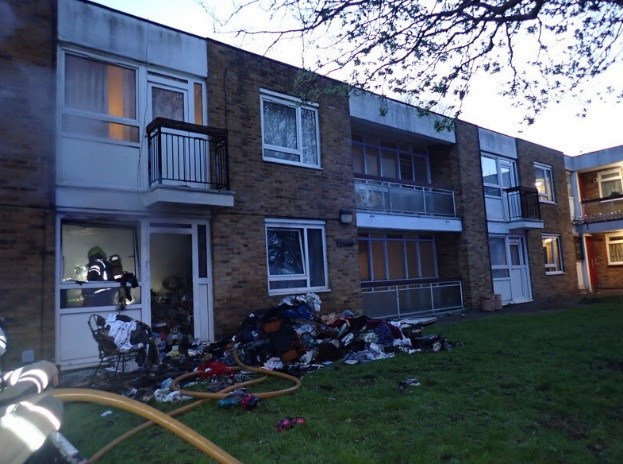Clutter and Hoarding

A hoarding disorder is where someone acquires an excessive number of items and stores them in a chaotic manner. The items can be of little or no monetary value and usually result in unmanageable amounts of clutter.
Hoarding often creates such cramped living conditions that homes may be filled to capacity, with only narrow pathways winding through stacks of clutter.
Hoarding ranges from mild to severe. In some cases, hoarding may not have much impact on your life, while in other cases it seriously affects your functioning on a daily
What’s the difference between a collection and hoarding?
- A collection is usually well-ordered and the items are easily accessible. They are proud and have it on show!
- A hoard is usually very disorganised, takes up a lot of room and the items are largely inaccessible.
- For example, someone who collects newspaper reviews may cut out the reviews they want and organise them in a catalogue or scrapbook. Someone who hoards may keep large stacks of newspapers that clutter their entire house and mean it’s not actually possible to read any of the reviews they wanted to keep.
It’s considered to be a significant problem if:
- the amount of clutter interferes with everyday living – for example, the person is unable to use their kitchen or bathroom and cannot access rooms
- the clutter is causing significant distress or negatively affecting the person’s quality of life or their family’s – for example, they become upset if someone tries to clear the clutter and their relationships with others suffer
How can you reduce fire risks for people who hoard?
Because of the amount of possessions, exit routes can become blocked, making safe evacuation more difficult. Fires can also spread much faster, especially where there are flammable items such as newspapers or cardboard.
Understand the risks
Hoarded materials can easily catch alight if they come into contact with heat sources such as overloaded extension leads, the kitchen hob or naked flames like candles or cigarettes. Because of the amount of possessions, fires will also spread much faster.
Fire safety suggestions
If you care for someone who lives in home that has become hoarded, you can help them live more safely by:
- Encouraging them not light candles or tea lights of any kind. A safer option is to use LED flameless candles.
- Ensuring they have appropriate heating so that they are not using portable heaters, candles or gas hobs to heat the home. If using portable heaters, ensuring that items aren’t placed on top of, or too close to them.
- Suggest – or if you can, make sure – that they smoke outside if they are a smoker, never smoking in bed or where they could fall asleep, and that they use proper ashtrays.
- Contacting the Local Authority to discuss options for support to clear some of the clutter.
- Work with them to develop an escape plan.
- Book a Home Fire Safety Visit here – a free service we offer to share advice and help.